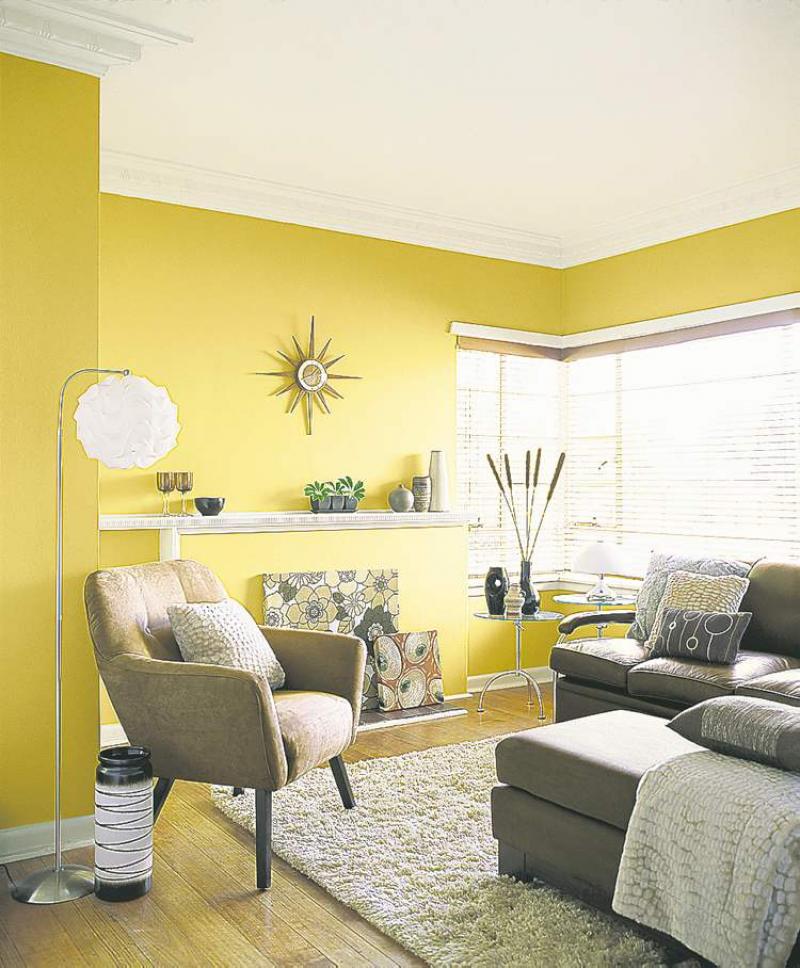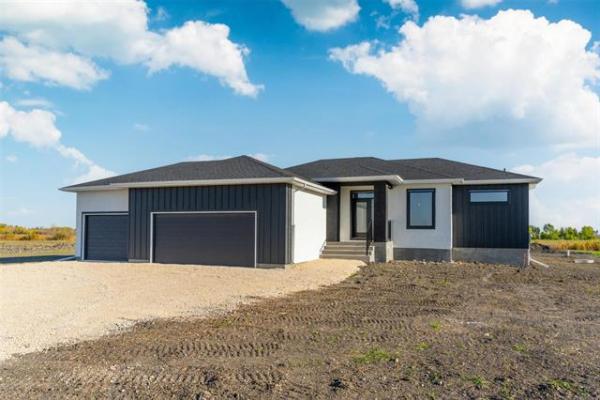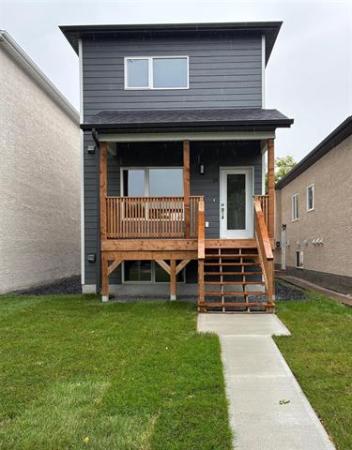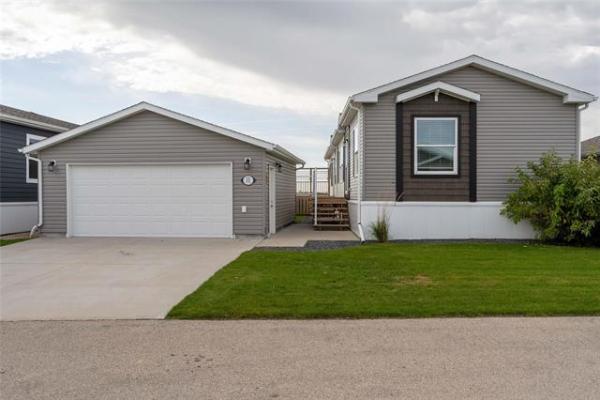
Got ilk?
If you're renting, this column might be of particular interest because these ideas are not permanent and can be easily incorporated into a rental unit.
The majority of rental apartments are lacking in architectural detail, so creating focus is even more important if you are in this situation. You can create a dramatic space, even if it's temporary.
It's easy to advise someone to 'create a focal point' and assume the recipient of this sage advice will know what to do. I'm guilty of this myself I should think. If you don't know how to create an effective focal point, or even where to begin, the process can be a bit daunting. Today we'll look at a simple but effective way to add some drama to your decor. We'll take it step by step to make the process easy and fun.
A fireplace is often the focal point of a room but is not always an easy addition. However, creating a similar feel and focus of a fireplace is all it takes to get the focal-point effect you desire.
Our feature room shows how easy it is to create an effective focal point through simple placement. Your eye is automatically drawn to the 'fireplace' area beside the armchair. If you take a closer look, you will note that the focal point is actually a grouping of canvases sitting in an attractive setting on the floor. No nails and no fuss, but tons of drama. The paintings could very well be covering up an actual fireplace but this is irrelevant. If you have a fireplace, you could use a similar treatment to provide a pretty focal point for when the fireplace is not in use. However, the focus here today is what to do when your room has no focal point to speak of.
The furniture in our feature room, photo courtesy of Dulux Paints, is set in a conversational grouping around the focal point, which strengthens its importance and emphasis. Adding the clock over the 'fireplace' and accessories on the 'mantel' is a nice touch and cements the overall effect. Additionally, the vignette is somewhat framed by two tall elements -- the funky floor lamp to the left of the armchair and the vase with tall cattails on the end table by the sofa.
The largest painting is the size of an actual fireplace opening, which is important because it sets the tone for the vignette. If, for instance, there wasn't a fireplace on that wall, the large painting mimics a standard fireplace in size and shape, which provides the feel of having a fireplace.
If your furniture is placed in a similar arrangement and the wall at the end is blank and boring, you could install a simple shelf to act as a mantel and place artwork below to imitate the same look. If installing a shelf is not an option (which may be the case if you're renting) you can use a length of decorative trim that can be hot-glued or attached with a bit or hook-and-loop fastener, or put up a wallpaper border or peel-and-stick wall decals to create a semblance of a fireplace mantel. This idea can work in any room, so play around with what you have on hand to see what you can create.
If you don't have canvases, simply stretch decorative material remnants over inexpensive stretcher frames in varying sizes. Thrift stores carry lots of fabric remnants and linens that can be used for this particular project. You could even use a piece of the same fabric to cover a toss cushion or two.
Stretcher frames are available at art supply and craft stores. You can also create your own artwork by painting blank canvases using leftover wall paint from other decorating projects. The lovely yellow wall colour in our feature room (Dulux paint: Corn Kernel) could be combined with accent colours such as red, blue, green, purple and white to create interesting abstract paintings. Heck, give it a try. If it doesn't work out you can always cover your masterpiece with fabric!
Creating a focal point is all about attracting the eye. Create the vignette, whatever that may be, then place furniture around it to add to the drama.
connieoliver@shaw.ca



